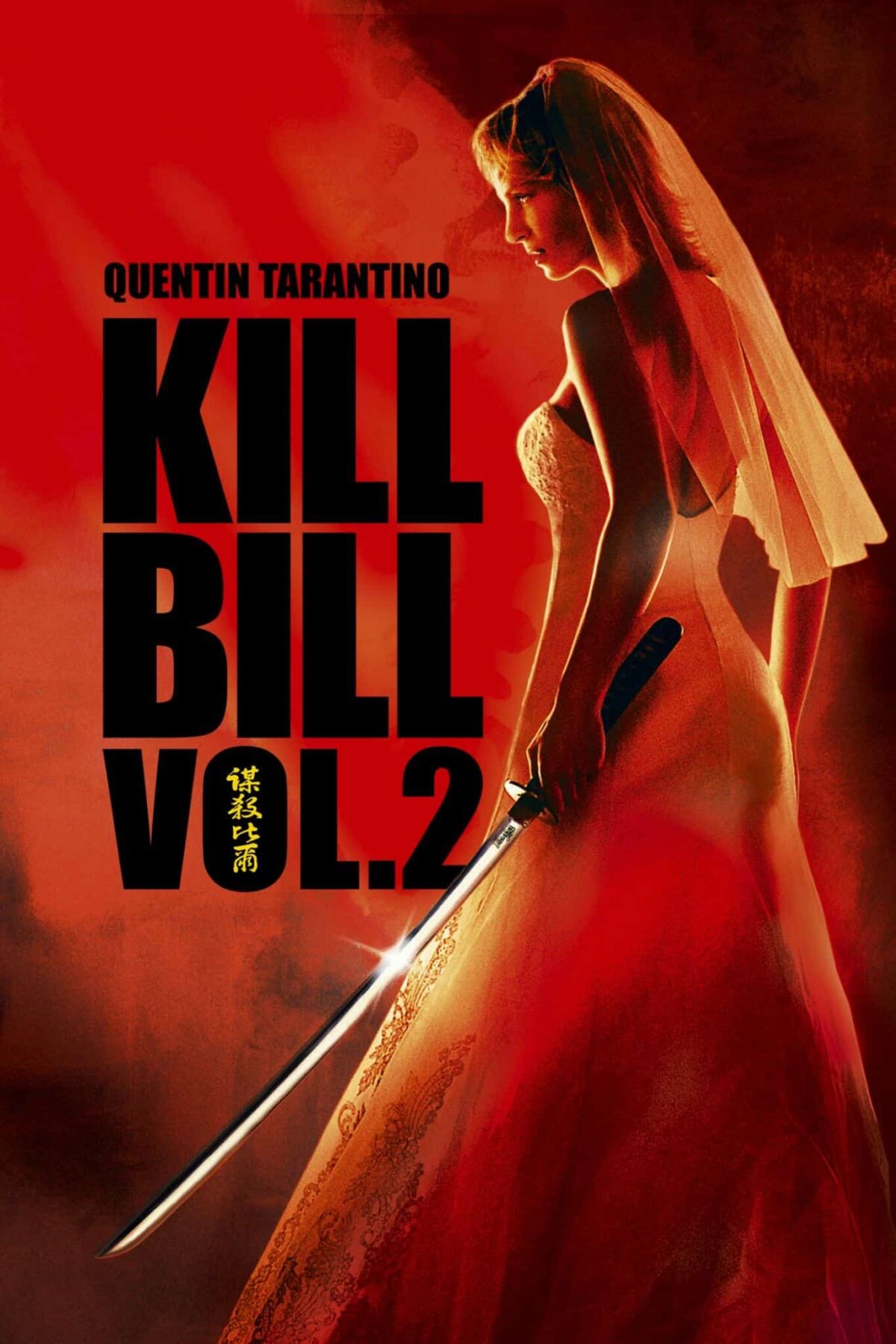I have watched almost all movies by Quentin Tarantino, some of them multiple times and the Kill Bill series – Kill Bill Vol. 1 and Kill Bill Vol. 2 – remain my absolute favourites. I also rewatched Pulp Fiction recently and was struck by the difference between the two. In Pulp Fiction there is much violence but it is of a different category. It is your gang related violence that is seen in many other movies. In Kill Bill the violence – and by this I mean the choreography and cinematography of the action sequences in particular – take on an almost aesthetic character. Apart from this, there are many things special about this movie series.
Tarantino’s movies have been influenced by, among other things, the genre of Blaxploitation, where black characters were, for the first time, depicted as heroes. In Kill Bill series, we see Tarantino extending this genre to all minorities. In general, Tarantino likes to invert his story plots. What if the Jews had destroyed the Nazis much earlier and prevented the war (Inglorious Bastards) or what if a slave had won against his master (Django Unchained). In Kill Bill series he destroys many of the unspoken assumptions that are followed in most of the movies.
Japan is a highly patriarchal society so to counter that Tarantino shows O-Ren Ishii (Lucy Liu) take over as head of all Yakuza clans in Japan. Children are usually depicted as innocent creatures, save exceptions like Spielberg’s Empire of the Sun. In Kill Bill: Vol. 1, a child witnesses her mother getting killed in front of her but does not react. No emotional outbursts. Instead, you see a survivor calculating her own chances. In Kill Bill: Vol. 2, B. B. (Perla Haney-Jardine) who is the four year old daughter of Beatrix Kiddo (Uma Thurman) kills her goldfish by stepping on it, indications that she may turn out to be a killer like her mother. (Though in the end where she is watching cartoons like a normal child instead of Shogun Assassin, might just prevent that. She may have a normal childhood after all.) Most of the fights in this series are between women who embody all the negative characteristics that most movies grant exclusively to their male characters. They are as vicious and cruel as any of the male villains that you have seen and sometimes more.
The soundtracks of these movies are astounding. The better informed you are about western music and styles, the more enriching your experience will be. Here again, Tarantino uses music to invert the usual male-dominated narratives, by using Ennio Morricone’s famous track from A Fistful of Dollars, a signature of macho cowboys, on Beatrix Kiddo.
As many have noted, Kill Bill series is a homage to the martial arts and samurai movies. The yellow jumpsuit that Beatrix wears in the climax of Kill Bill: Vol. 1 is a replica of the one Bruce Lee wore in the movie Game of Death. There are many references to samurai in the movies and to keep things authentic, Hattori Hanzō (Sonny Chiba) and Pai Mei (Gordon Liu) speak Japanese/Chinese most of the times. Tarantino also used the brilliant mythical technique called Five Point Palm Exploding Heart Technique where if you hit a person at five pressure points on his body, his heart explodes after he has taken five steps. It is this mix of asian culture that makes the Kill Bill series richer than say, Pulp Fiction. Tarantino is also a big fan of Manga comics and Marvel comics superheroes. A section of Kill Bill: Vol. 1 has been created as an animated strip. There is a monologue at the end in Kill Bill: Vol. 2 about why Superman is different from all other superheroes that quite clearly echo Tarantino’s own thoughts on the matter.
The scenes in the Japanese restaurant at the end of Kill Bill: Vol. 1 show Tarantino’s mastery over choreography and cinematography. There are long sequences – oners – showing complex movements of singers, waiters, general crowd and main characters and the camera just glides through all of them.
The fight between O-Ren Ishii and Beatrix is perhaps one of the most beautifully shot action sequences in movie history. The sequence and the movies are heavily influenced by the 1973 Japanese movie Lady Snowblood. Snow is falling and the ground is covered in snow. Most of the sequence is shot with only intermittent background music. During the silent shots, the only sound you hear is water flowing in a Shishi-odoshi (Japanese water fountain). The red blood on snow covered ground makes a captivating sight. Violence is generally not considered poetic but Tarantino makes it so. Makes me wish for an alternate universe where Tarantino is directing a movie based on a Haruki Murakami novel.
Kill Bill films are straight revenge movies. They are examples of what perfection in every department of movie making looks like. The sheer brilliance that is seen at every point in the movie is astounding. It also suggests that formal education in any field does not guarantee mastery in that field. As Tarantino himself famously said,
When people ask me if I went to film school I tell them, ‘no, I went to films.’



